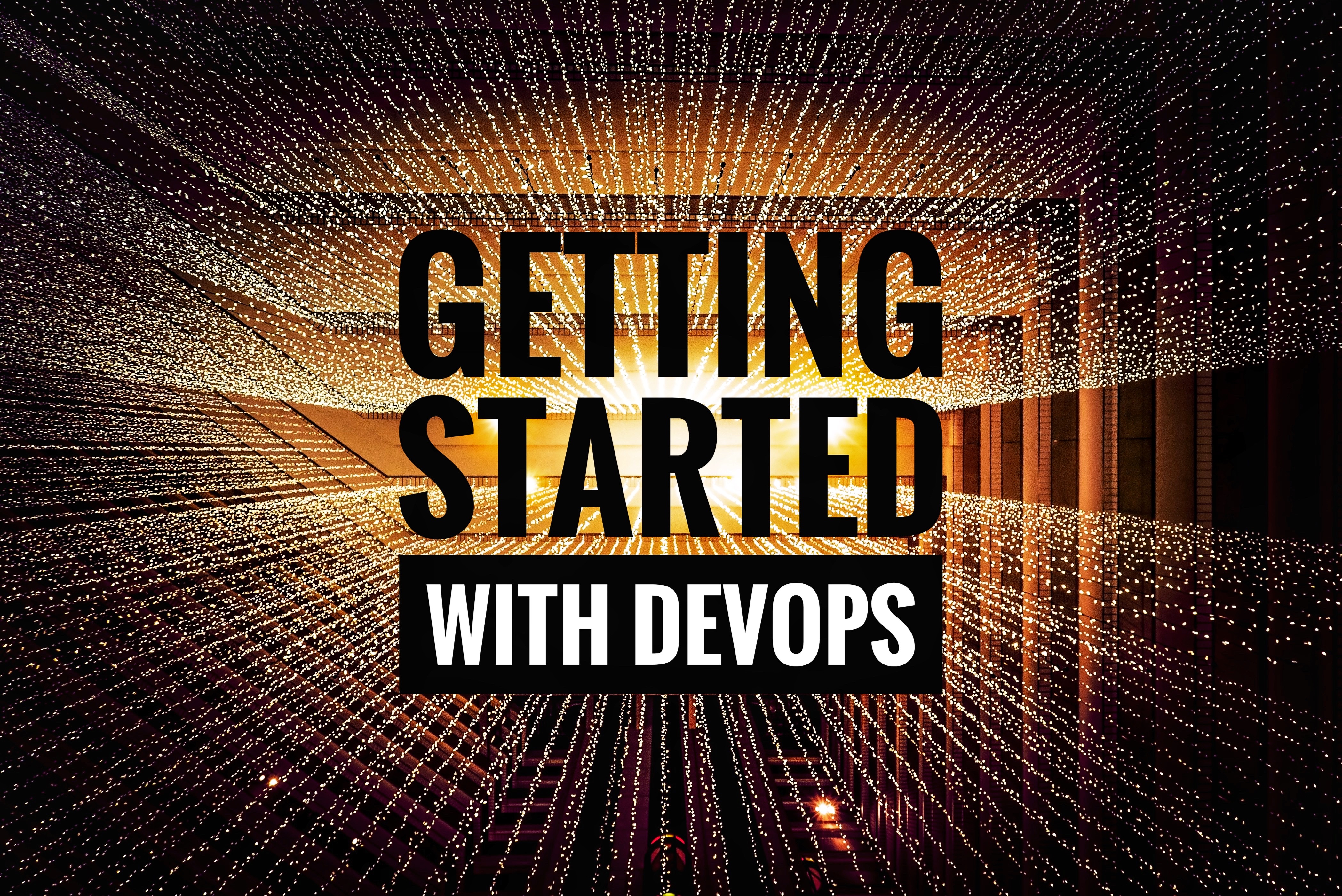Getting Started with DevOps for Your Projects
🚀 Getting Started with DevOps for Python Projects: A Beginner’s Guide
If you’re starting a project and unsure how to bring development and operations together into one smooth, automated process—from writing code to deploying it—this post will guide you through the entire DevOps cycle for your Python project. Let’s take it step by step so that you can easily understand how to build and deploy your app, even if you’re a beginner.
1. Starting the Project with Docker
As soon as you start your project, using Docker is a smart move. Docker allows you to containerize your application, meaning you package everything—code, dependencies, settings—into a single container that can run anywhere. It also helps you manage different services, such as databases, directly from the start.
For instance, with Docker Compose, you can set up your Python app, connect it to a database like PostgreSQL or MySQL, and run both services together. This creates a consistent environment where everything works smoothly, no matter where it’s running.
2. Choosing a Framework and Connecting to a Database
Next, pick a Python framework that fits your project. FastAPI, Flask, and Django are popular choices. FastAPI is great for building APIs quickly, while Django comes with many built-in features, like an admin panel and authentication, which can save you time.
Once your framework is ready, connect it to your database. With Docker running your database service, this becomes easy. You’ll be able to link your Python app to the database, so it can store and retrieve data as needed.
3. Writing Unit Tests
Before moving further, it’s important to write some tests to make sure your code is working properly. Unit tests are small tests that check individual parts of your code to ensure everything behaves as expected. Using pytest or unittest, you can write these tests to catch bugs early on.
Testing helps you build confidence that the code you write today will work tomorrow, even after making changes.
4. Infrastructure as Code with Terraform
Now that your application is running in Docker and your tests are passing, it’s time to automate your infrastructure with Terraform. Terraform allows you to manage cloud resources (like servers or databases) by writing code that sets everything up for you.
For example, if you’re deploying to AWS, Terraform can create an S3 bucket to store files or provision virtual machines to run your application. This ensures that your infrastructure is consistent and easy to manage.
5. Automating with Jenkins: CI/CD Pipeline
Once your infrastructure is ready, you need to automate the process of building, testing, and deploying your code. This is where Jenkins comes in. Jenkins helps you set up a CI/CD pipeline (Continuous Integration/Continuous Deployment), which automates tasks like:
- Building your Docker containers.
- Running tests to make sure everything works.
- Deploying your application.
With Jenkins, every time you push new code, the pipeline will automatically take care of building and testing it. This saves you time and reduces the chances of errors when deploying updates.
6. Writing Integration Tests
After deployment, it’s important to check that everything works together as expected. Integration tests do exactly that—they ensure that all the different parts of your application (like the API and database) work in harmony.
These tests can be added to your Jenkins pipeline so that they run automatically after each deployment, ensuring that any issues are caught early.
If you’re interested in collaborating or discussing further, feel free to email me at amirulislamalmamun@gmail.com. Let’s connect and grow together!
